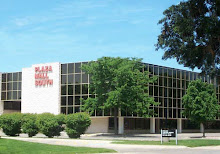PTSD is the abbreviation for Post Traumatic Stress Disorder, a condition defined officially in the diagnostic manual of the American Psychiatric Association. PTSD is also increasingly in the news and in popular publications associated with the controversy about whether the diagnosis should be given to some members of the Military Services. There is some uncertainty and confusion about what it really is and I hope I can add some basic clarity.
Psychologist John Read has said “bad things happen to people and it screws them up” – the basic concept behind PTSD. The official diagnosis is, of course, more complicated (about 6 pages in my copy of the diagnostic manual) and specifies what “bad things” (trauma) and what kinds of problems qualify. It is also important to remember that not everybody who goes through a terrible experience has serious problems.
When people who experience traumatic events do have serious problems they come in particular types. As I wrote in previous posts, people can experience an increase in the amount of time that their minds and bodies spend “on red alert”, prepared for more trouble. This kind of problem can be a high level of anxiety or tension, being “jumpy” (we call this an exaggerated startle response), being unable to relax or sleep well, poor concentration and others.
An additional kind of problem that people with PTSD experience is an unwanted remembering of the trauma which can include dreaming about it, feeling like it is happening again and being upset when they run into situations where they are reminded of the trauma.
The third type of problems involve trying to avoid reminders of the trauma. We usually see people avoiding people, places or activities that remind them of the traumatic experience, a decrease in feelings (called numbing) drug/alcohol use and other ways of avoiding.
Bill Bonacker

No comments:
Post a Comment